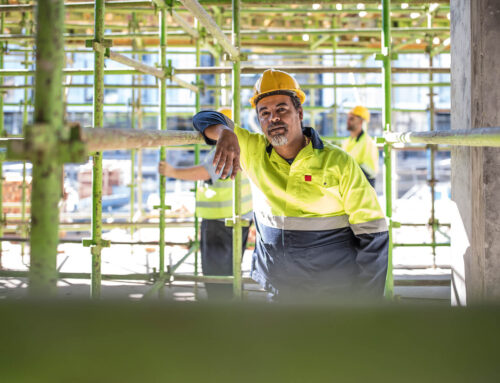New York has strong laws protecting construction workers working from heights, like those doing jobs while on scaffolds. In fact, one statute, Labor Law Section 240(1), is sometimes nicknamed the “Scaffold Law.” The law says that if you are working on a task that places you at risk of injury from falling from a height or being hit by a falling object, you must be provided with the proper equipment and gear that is “constructed, placed and operated” in a way to ensure that you are safe from falls and falling objects. If you aren’t, and you get hurt as a result, you may be entitled to compensation. To learn more about your options in the legal system, talk to an experienced New York construction accident attorney, who can help you discover more about your rights.
One example of this type of accident and a successful lawsuit was the case of José, a construction worker working in New York City. José was an employee of the general contractor working on a project in Queens when he was hurt. The worker was working on a scaffold when he fell, suffering substantial injuries.
When you’re injured at your construction job, one of the early important steps in your pursuit of compensation is deciding whom to sue. José decided to sue the general contractor and the property owner for the harm he suffered. New York law requires both general contractors and property owners to take reasonable and appropriate steps to ensure the safety of workers on the site, and the law also says that these two entities cannot delegate that obligation to anyone. This legal rule makes general contractors and site owners among the key individuals and entities an injured construction worker might pursue in his case.
Another important step in the process is making what’s called a motion for summary judgment. When you do that and succeed, the court enters an order declaring the parties you’ve sued to be legally liable, and you have achieved that success without having to go through the stress and delay of a full trial on liability.
In José’s case, the Appellate Division concluded that he was entitled to a summary judgment in his favor holding both the general contractor and the property owner liable for violating the Scaffold Law. In this case, José had evidence that the scaffold upon which he was working did not have safety rails on its sides. He also had proof that he was not given a fall-protection safety device. Thus, his proof showed that he was not given proper fall-protection gear and was not given a sufficiently safe scaffold. These things amounted to clear proof of a violation of the Scaffold Law and meant that José was entitled to compensation.
When your construction job involves scaffolds, the potential for danger exists. If you have suffered an injury at your construction job, talk to the skilled New York construction injury attorneys at Arcia & Associates. Our team has many years of experience giving our clients the reliable representation they deserve.
Contact us at 718-424-2222 to find out how we can help you.
More Blog Posts:
You Can Win Your New York Construction Accident Lawsuit Even if Your Immigration Status is Undocumented, Blog de Abogado en la Ciudad de Nueva York, 13 de Abril de 2018
How an Injured New York Construction Worker Used the Hearsay Rule to Keep His Foreman’s Testimony out of His Case, Blog de Abogado en la Ciudad de Nueva York, 4 de Abril de 2018











